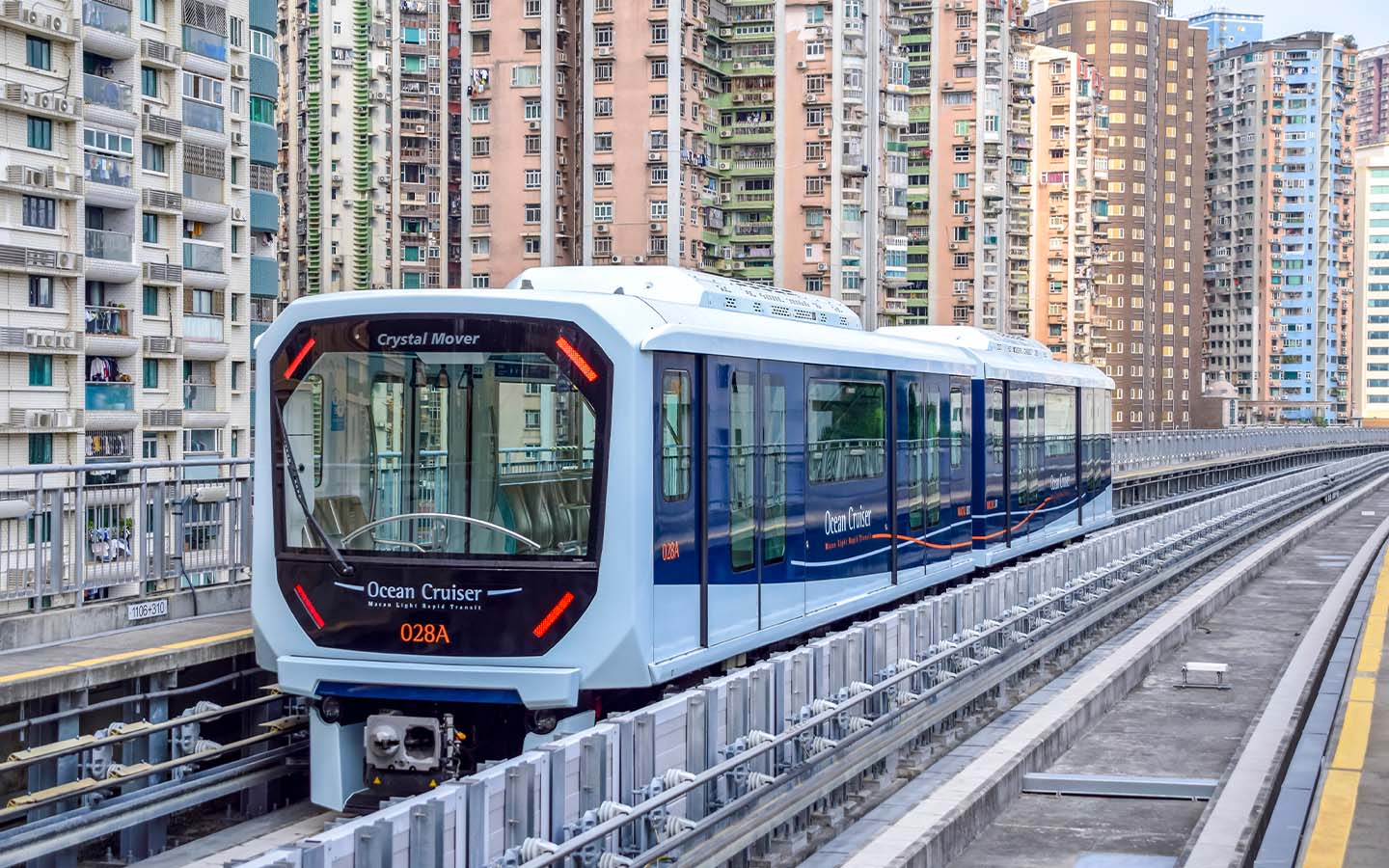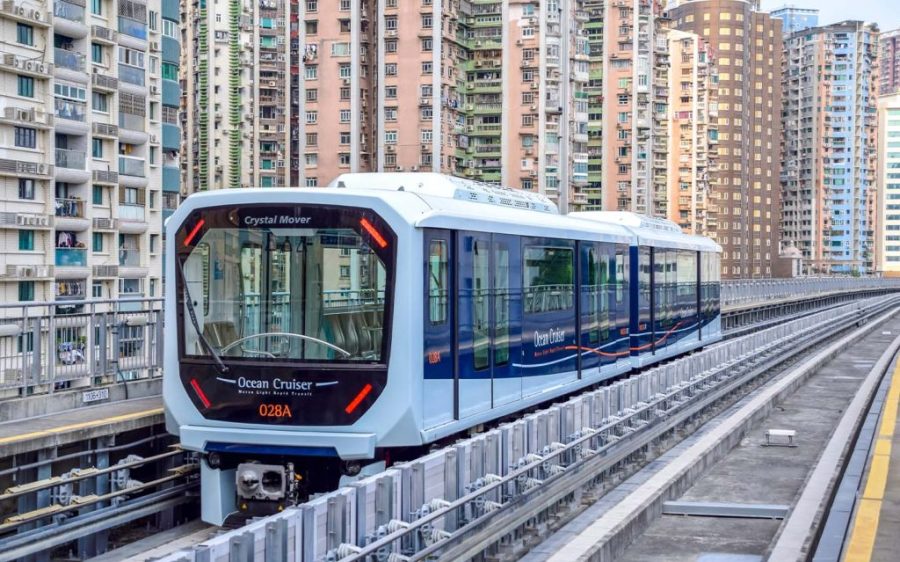Authorities have concluded that human error was the cause of the recent Light Rail Transit (LRT) accident in which two carriages collided with one another on the Seac Pai Van resulting in four train drivers sustaining minor injuries.
System failure was ruled out as a factor in the accident, which occurred on 8 May, during overnight testing of the as yet unopened line.
According to an announcement published by the Public Works Bureau last Friday, the incident occurred after a train controller, who was stationed in the command centre at the time, did not verify that all the train cars had completed their procedures. As a result, the officer prematurely instructed a driver in one of the carriages to begin operations, resulting in its collision with another car.
The bureau noted that it already requested the relevant stakeholders to conduct a comprehensive assessment of the train testing method, boost monitoring measures and procedures, and intensify training of personnel, so as to prevent the recurrence of similar accidents.
[See more: Human error is not being ruled out as the cause of the Seac Pai Van LRT accident]
The Public Works Bureau says it will only resume testing on the Seac Pai Van and Hengqin LRT lines after the necessary improvement measures have been adopted.
With a construction cost of around 939 million patacas and a distance of 1.6 kilometres, the Seac Pai Van line is intended to further develop Macao’s LRT network by broadening its reach to Seac Pai Van and the Union Hospital stations.
An opening date for the Seac Pai Van and Hengqin routes have not been announced, although both are anticipated to begin operation later this year.
Since its inauguration in 2019, the LRT has faced a number of technical malfunctions, some of which have been related to power supply issues.






